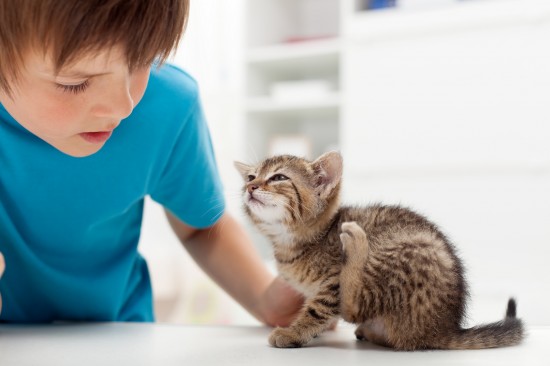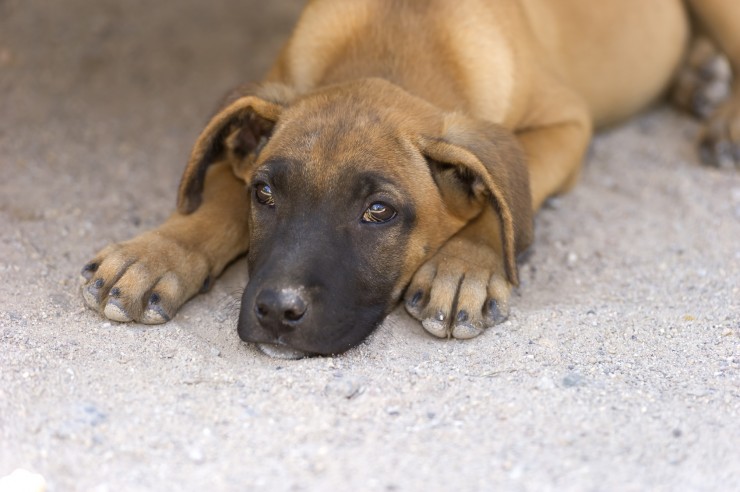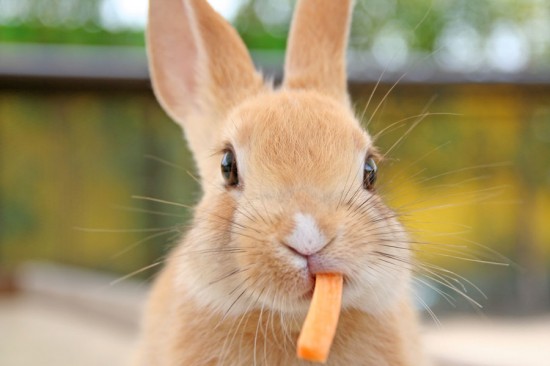

The humble flea is the bain of pets and people everywhere, leading to bites, itching and inflammation that can range from the barely noticeable to the highly annoying. However, as well as being an irritating parasite, fleas can actually prove dangerous to cats if left to breed and reproduce unchecked, and can even lead to a serious and potentially fatal condition called flea anaemia.
Flea anaemia is relatively uncommon in domestic cats, as the vast majority of cat owners ensure that they treat their cats for fleas regularly and do not allow fleas to proliferate and get out of control. However, lost and stray cats, feral cats and young kittens are exponentially more likely to have a high flea count, and be vulnerable to the negative side effects that come with it.
Read on to learn more about flea anaemia in cats.
Obviously the most effective and straightforward way of preventing flea anaemia from developing in the cat involves stopping fleas from settling on your cat and reproducing in large numbers in the first place! There are a wide range of products available on the market to do just this, ranging from spot-on treatments to household sprays and various other options, some of which are readily available to buy from pet shops, pharmacies and online, and some of which can only be attained from your veterinary surgeon.
All cat owners should have a flea prevention and treatment protocol in place, plus know what to do if fleas are getting out of control. Read our advice articles on dealing with fleas here and here.
It is important to recognise the signs of a flea infestation in cats, as some flea treatment products can lose their efficacy over time, or may not work particularly well for your particular pet. If your cat is scratching a lot or has visible evidence of flea bites the situation may seem clear cut, but you may need to use a flea comb to get an idea of how many fleas are on your cat or if your flea treatment products are failing. Soft furnishings such as curtains and carpets can all harbour fleas, and so the presence of fleas in the home can also be taken as an indication that your cat is likely to be carrying fleas.
Flea anaemia is a condition that can occur when the quantity of fleas living on a cat and so, biting it and taking its blood, becomes so prolific that the cat is not left with enough blood to remain healthy. This is most likely to occur in kittens, as they have exponentially less blood to lose in the first place due to their diminutive size. This loss of blood can be life threatening, and cause anaemia, which is a condition that literally translates as “lack of blood,” and leads to weakness, fatigue, lethargy, dehydration, and a gradual fading of health that can ultimately prove fatal.
Having a high flea count is one of the necessary components of flea anaemia, something that is often found on feral cats and kittens taken into rehoming shelters after being abandoned or poorly cared for during the first stage of their lives. If a high flea count is present, be alert for the following signs and symptoms of flea anaemia:
Your veterinary surgeon will definitively diagnose anaemia by means of blood testing to identify the ratio of red to white blood cells in the body. Treating and eradicating the flea infestation itself is critical to treatment, but this in itself can prove problematic if the patient is very sick. A weak, sick kitten or adult cat will not be able to stand up to the rigours of a flea bath or intensive grooming very well, which can make it difficult to treat the infestation. Many spot-on flea treatment products are not suitable for treating young kittens, and so your vet may have to think creatively and assess each patient on an individual basis in order to address the problem.
In extreme cases of flea anaemia, the cat may need a blood transfusion, in the same way that is sometimes performed on anaemic people. More information on blood transfusions for pets and where the blood comes from can be found in this article. Generally, treatment for flea anaemia involves removing the fleas itself and keeping the cat comfortable while their bodies have time to become stronger and boost their red blood cell count. IV fluids or intravenous feeding may be necessary while this happens, although many cats will begin to recover relatively quickly after their fleas have been eradicated.
Flea anaemia is a serious and totally preventable condition, that can prove fatal if left untreated or if treatment is sought too late. Keep your cat safe by ensuring that they undergo a regular flea prevention protocol, and if you suspect flea anaemia in your cat or a cat or kitten that you find, contact your vet straight away.
 The Magnificent Iridescent Horse Called The Akhal-teke
The Magnificent I
The Magnificent Iridescent Horse Called The Akhal-teke
The Magnificent I
 Keeping A Newt
Keeping A Newt
Keeping A Newt
Keeping A Newt
 What To Do If You Suspect A Dog Is Being Mistreated
What To Do If You
What To Do If You Suspect A Dog Is Being Mistreated
What To Do If You
 How To Tackle A Dog That Urinates Submissively Or When Excited
How To Tackle A D
How To Tackle A Dog That Urinates Submissively Or When Excited
How To Tackle A D
 Looking After Your Rabbits Teeth
Looking After You
Looking After Your Rabbits Teeth
Looking After You
Copyright © 2005-2016 Pet Information All Rights Reserved
Contact us: www162date@outlook.com